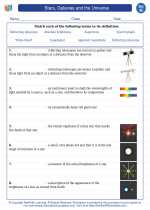Transport
In science, the term "transport" refers to the movement of substances (such as water, nutrients, gases, and waste products) within living organisms and between different parts of an organism. This movement is essential for the survival and proper functioning of cells, tissues, and organs.
Types of Transport in Living Organisms
There are several mechanisms by which substances are transported within living organisms:
- Diffusion: This is the passive movement of molecules from an area of higher concentration to an area of lower concentration. It does not require energy and is driven by the concentration gradient.
- Active Transport: This is the movement of molecules across a cell membrane against the concentration gradient, requiring the expenditure of energy (usually in the form of ATP).
- Facilitated Diffusion: This is a type of passive transport that involves the use of transport proteins to allow specific molecules to cross the cell membrane.
- Osmosis: This is the diffusion of water across a selectively permeable membrane, from an area of lower solute concentration to an area of higher solute concentration.
- Bulk Transport: This includes endocytosis (the uptake of materials into a cell by engulfing them in a vesicle) and exocytosis (the release of materials from a cell through the fusion of vesicles with the cell membrane).
Transport in Plants
Plants require transport systems to move water, nutrients, and other substances between the roots, stems, leaves, and other parts of the plant. The two main transport systems in plants are:
- Xylem: Responsible for transporting water and minerals from the roots to the rest of the plant.
- Phloem: Responsible for transporting sugars, amino acids, and other organic compounds produced through photosynthesis to various parts of the plant.
Transport in Animals
Animals have specialized circulatory and respiratory systems to facilitate the transport of substances throughout their bodies. The circulatory system, including the heart, blood vessels, and blood, is responsible for transporting oxygen, nutrients, hormones, and waste products. The respiratory system facilitates the exchange of gases, allowing oxygen to enter the bloodstream and carbon dioxide to be removed from the body.
Study Guide
Here are some key concepts to focus on when studying the topic of transport:
- Understand the different types of transport mechanisms in living organisms, including diffusion, active transport, facilitated diffusion, osmosis, and bulk transport.
- Be able to explain the role of transport systems in plants, including the functions of xylem and phloem.
- Describe the structures and functions of the circulatory and respiratory systems in animals, and how they facilitate the transport of substances throughout the body.
- Explore the importance of transport in maintaining homeostasis and supporting the overall health and function of living organisms.
Remember to review diagrams and illustrations that depict the processes of transport, as visual aids can help in understanding the complex mechanisms involved.
Good luck with your studies!
[Transport] Related Worksheets and Study Guides:
.◂Science Worksheets and Study Guides Eighth Grade. Stars, Galaxies and the Universe
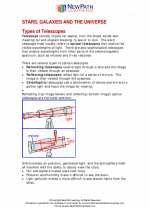
 Worksheet/Answer key
Worksheet/Answer key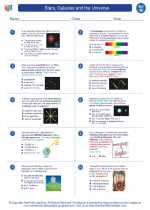
 Worksheet/Answer key
Worksheet/Answer key
 Worksheet/Answer key
Worksheet/Answer key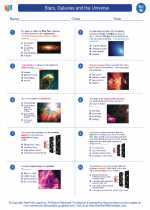
 Vocabulary/Answer key
Vocabulary/Answer key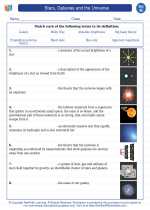
 Vocabulary/Answer key
Vocabulary/Answer key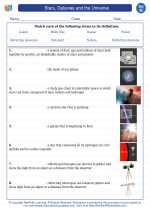
 Vocabulary/Answer key
Vocabulary/Answer key